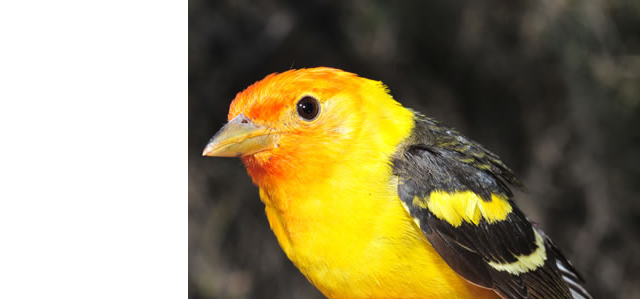
Biology Faculty & Staff Publications
Document Type
Article
Publication Date
5-22-1997
Abstract
Optimization models have been widely and succesfully used in evolutionary ecology to predict the attributes of organisms. Most such models maximize darwinian fitness in the face of trade-offs and constraints; the numerical results usually depend on the exact form of the trade-offs or constraints. But not always : for example, earlier work predicted that the optimal range in offspring size ought to show a -1 scaling with small litter size, independent of most details of the underlying offspring-survival/offspring-size trade-off relation. Here I report that in non-growing (stationary) age-structured populations, three major life-history attributes (age at first breeding, size of an offspring in large litters, and reproductive effort) are likely to evolve to equilibrium values that satisfy a universal numerical rule; the underlying trade-off will have a slope of -1 at the optimum, independent of most other aspects of the trade-off. Each of these three attributes can be viewed as an allocation problem between just two alternatives; the trade-off is then between having more of one alternative and less of the other. The slope of the trade-off is simply the slope of the curve of allowed combinations of the two alternatives. The theory predicts that natural selection will push to an equilibrium where the slope is always -1. The economic structure is the same as that which underlies evolution of the sex ratio where the two alternatives are sons and daughters.
Publisher
Nature
Volume
387
First Page
393
Last Page
394
Language (ISO)
English
Keywords
evolutionarily stable life histories, optimization models, trade-off-invariant rules
Recommended Citation
Charnov, E.L. 1997. Trade-off-invariant rules for evolutionarily stable life histories. Nature 387:393-394
